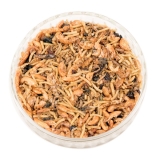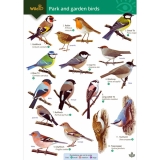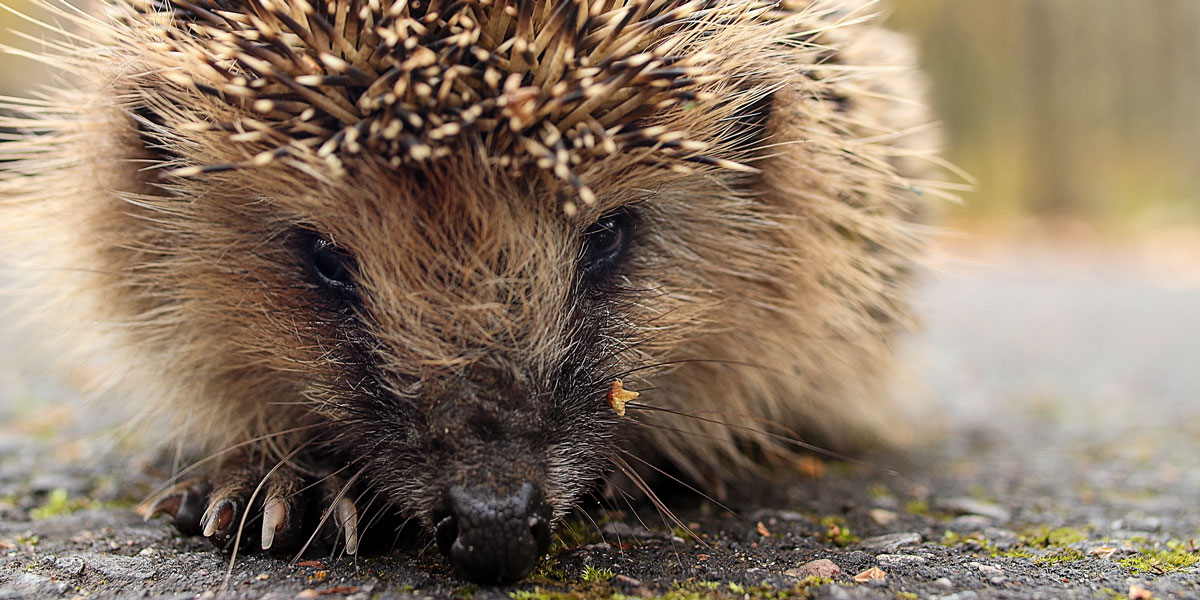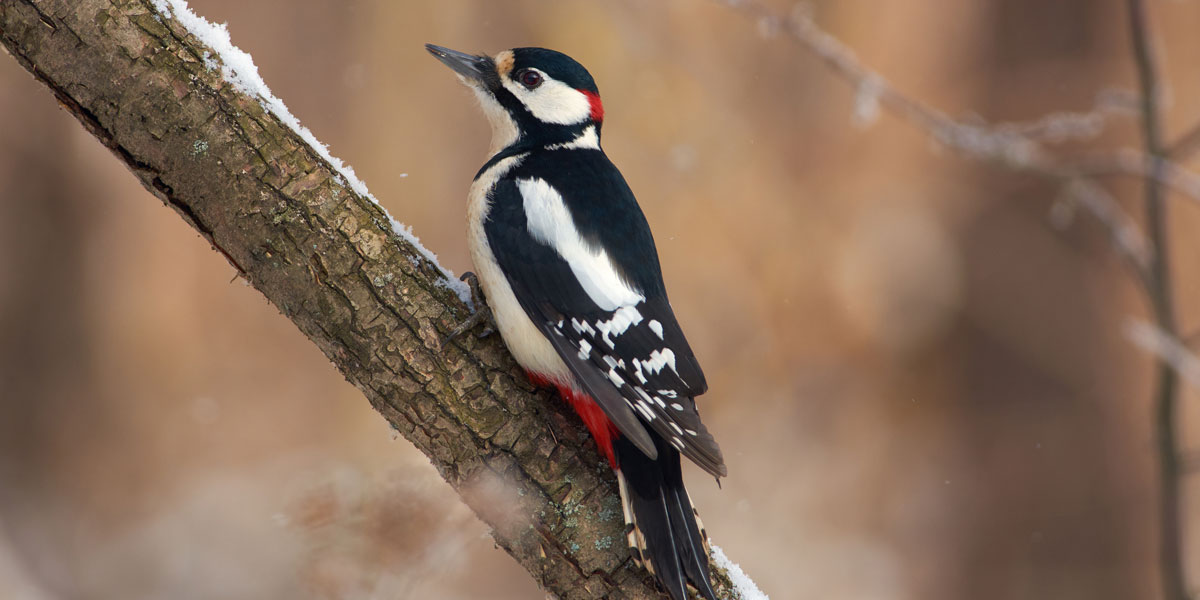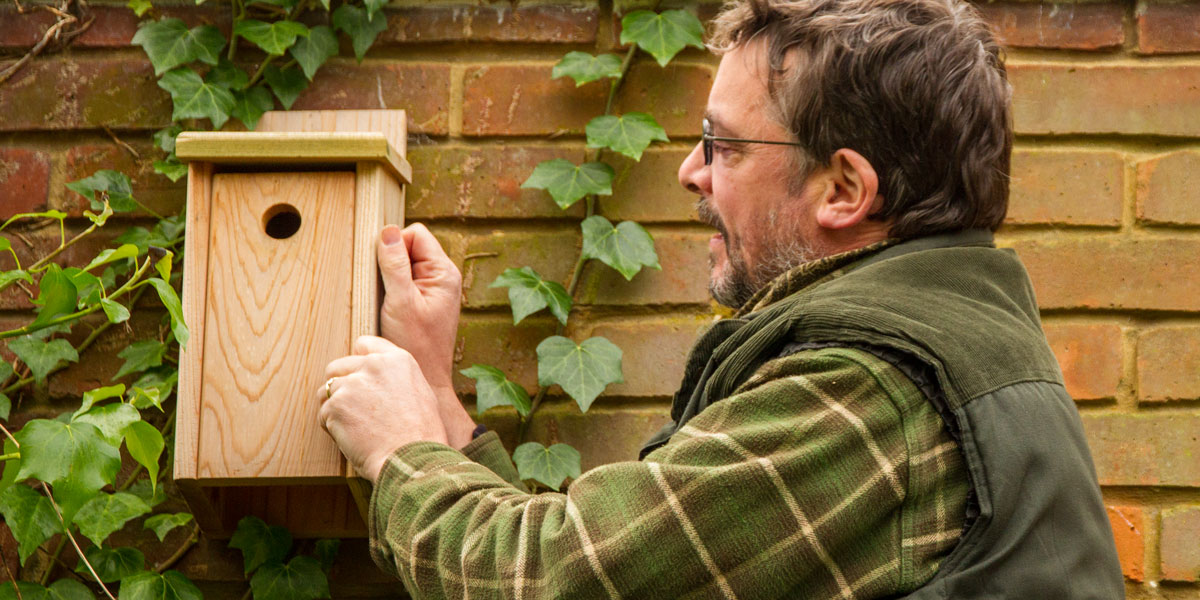Explore Our Garden Wildlife Blog
Browse or search by Category or Keyword below, alternatively click on any Tag to see related articles.
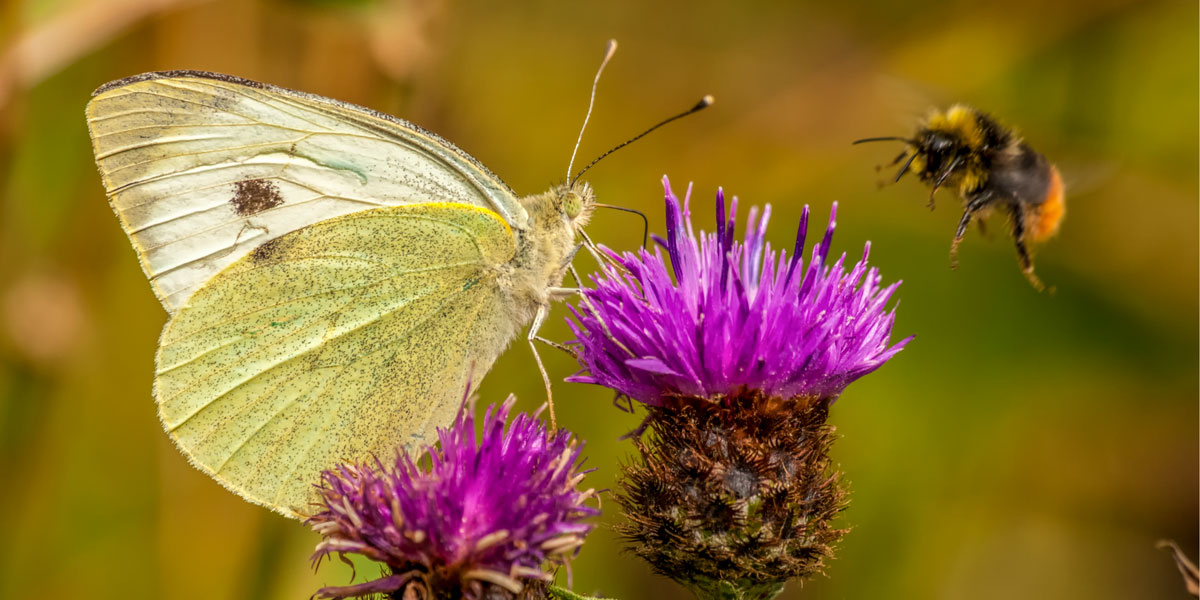

How to Create a Wildlife Garden
By Ark Wildlife
28th September 2018
Last Updated: 11th April 2024
What is a wildlife-friendly garden?
A wildlife garden is said to be a space dedicated to attracting local plants, birds, amphibians, reptiles, insects, and mammals. Size is not mentioned. It can be a single plant pot or window box, it can be a single bed or border, or a corner of a traditional garden. Or it can extend across a whole garden just like mine. Size isn’t important, but attitude is.
It’s estimated half of all UK households put bird food out at some stage during the year, and this is certainly bird friendly, but is there a difference between this and a wildlife garden?
I’ve always been a passionate believer in measuring the diversity and abundance of species as indicators of wildlife friendliness. Whether in my own garden, a nature reserve or a National Park, I count species to rate their friendliness. The higher the friendliness the higher the likelihood of my return and time I’m likely to spend there.
In comparison to my little garden National Parks and SSSI’s obviously have the advantage of size and scale to attract diversity and abundance, but in my own garden I have the ability to carefully manage the space to maximise habitats and resources to achieve the same. Of course, I’m not going to be playing host to beavers, ospreys or herds of roaming deer (I wish!) but there are a host of things I can do to attract an abundance of wildlife, albeit on a smaller scale.
Now a wildlife friendly garden doesn’t need to look untidy, or exclude any other garden uses. My kids play happily on the lawn and my veg plot routinely fills the larder. However, I plant wildflowers as well as herbs in pots around my patio, which look and smell great and attract swarms of buzzy bees. My little pond with its stony shallow end is both bath and refreshment to countless birds, is visited nightly by hedgehogs and home to numerous frogs and newts. Summer evenings are transformed by water, attracting flying creatures of all sorts including dragonflies and even swooping bats. The back of my garden is planted with native shrubs and trees which are home to endless butterflies, moths and their caterpillars, which while fascinating, also attract other predators and birds too. I tend to allow self-seeding plants grow where they please, unless clearly in the wrong place, in other words, not too many nettles and no trees on the lawn! Otherwise, I add what pleases me and let nature determine the rest.
6 ways to create a wildlife-friendly garden
There are many different ways to open your outdoor space up to wildlife, some more high-maintenance than others. It all depends what you have time for, what you like your garden to look like and what kinds of wildlife you’d like to share your garden with. Any steps you take to create a more wildlife-friendly garden will be appreciated by animals of all kinds.
1. Have a break from cutting the grass
Finally – an excuse to leave the lawnmower well alone. Even if you just let the mower rest for a month in May or June, this will allow clover and daisy to flower, attracting much-needed pollinators to your garden haven.
All manner of creatures find homes in longer grass, including hedgehogs, frogs and insects. Creating habitats for beetles and worms will also, of course, give birds extra sources of food.
2. Add a bird feeder to your garden
This is a fairly obvious tip: leaving food out for birds will naturally make your garden more attractive to our feathered friends. But it’s not as simple as leaving some seeds out on the lawn. A garden bird feeder makes it much easier for birds to take advantage of your generosity and means they won’t be nearly as vulnerable to cats and other predators.
3. Create a pond
As well as being a pleasant focal point for your garden, ponds create entire ecosystems, bringing an array of animals to your door. Birds will be drawn in for a bath and a drink, while the pond will be a whole world for invertebrates like water snails and pond-skaters. Other pond-lovers include dragonflies and, of course, frogs, toads and newts.
4. Make your own compost
Recycling is obviously vital for the environment, but it’s also one of the best things you can do for very local populations of animals. They provide sustenance and shelter for a real abundance of wildlife, including snails, spiders, toads, mice, earthworms, centipedes and many more. By making your own compost, you will, in fact, create whole food chains.
5. Plant some flowers
The need to help out pollinators such as bees has been well documented in recent years, but you may not know which flowers are best for them. Foxgloves, poppies, nasturtiums, bluebells, crocuses, hawthorn, ivy, lavender, heather – these are just some of the options. And remember, single flowers are easier for pollinators to get to.
6. Let your weeds grow out
Lawn weeds like daisies, buttercups, dandelions and clover are also bee favourites, and butterflies and hoverflies will be drawn to them too. One much-maligned weed, Ivy, also supplies bees, wasps and hoverflies with pollen as it grows up walls and trees. Several species of butterfly and moth, meanwhile, rely upon nettles for nesting sites.
The benefits of a wildlife-friendly garden are clearly demonstrated in Jennifer Owen’s book: A Wildlife Garden in which she recorded 2,673 different species in her small urban garden over a 30-year period. Therefore the 30 or so birds we regularly see and feed, are just a tiny fraction of the overall good we can offer nature in our gardens. Now please excuse me while I pop out the back and add more friendliness to my own patch.
Related Internet Links:
British Trust for Ornithology
Moths Count – Identification Guide
Butterfly Conservation
Ark Wildlife is not responsibe for the content of external websites






